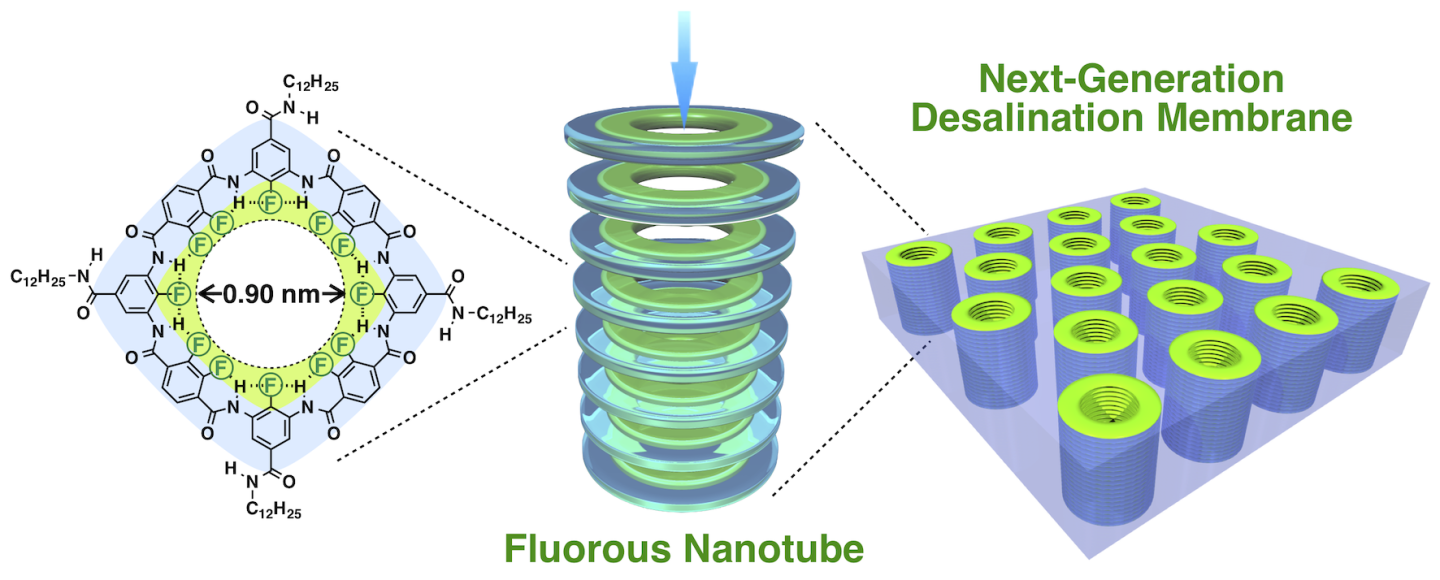Engineers at the University of Tokyo have developed a new type of desalination membrane that they claim is faster, and requires less pressure and energy than existing tech. The new membrane is made up of a series of nanoscale tubes lined with a Teflon-inspired material that repels salts while allowing water to flow through with little friction.
Many regions around the world face a scarcity of clean drinking water, and the problem is only going to worsen with a changing climate. Desalinating brackish water or seawater is vital, and there’s no shortage of creative devices in the works, either using heat to evaporate and recondense water or membranes to filter salt and impurities out.
The new system is a variation on the latter, but has a few advantages over others of its kind. The key ingredient is fluorine, a hydrophobic material that gives Teflon its famous non-stick properties. It isn’t just used for cookware however – fluorine-based coatings are often used for pipes to keep water flowing through smoothly.
The new membrane contains stacks of nanoscale rings made of fluorine, embedded in a lipid layer that’s impermeable to water. Not only does the fluorine help the water slip through the rings with very little friction, but its negative charge conveniently repels salts, preventing them from passing through.
The team tested the technique by making membranes with fluorine nanorings of between 0.9 and 1.9 nanometers wide, then flowed saltwater through them. They then measured the amount of chlorine ions – a major component of salt – on either side of the membrane. And sure enough, the fluorine rings filtered the water faster and more effectively, using less pressure and energy than other desalination methods.

2022 Itoh et al.
“It was very exciting to see the results firsthand,” said Yoshimitsu Itoh, lead author of the study. “The smaller of our test channels perfectly rejected incoming salt molecules, and the larger channels too were still an improvement over other desalination techniques and even cutting-edge carbon nanotube filters. The real surprise to me was how fast the process occurred. Our sample worked around several thousand times faster than typical industrial devices, and around 2,400 times faster than experimental carbon nanotube-based desalination devices.”
As an aside: the word “Teflon” may immediately ring alarm bells for health concerns in some people, but fluorine isn’t the chemical of concern in that regard.
The team plans to conduct further research into lowering the amount of energy required to make the fluorine nanoring membranes, with an eye towards scaling up the membranes, starting with a 1-m-wide (3.3-ft) test membrane in the next few years.
The research was published in the journal Science.
Source: University of Tokyo
Source of Article